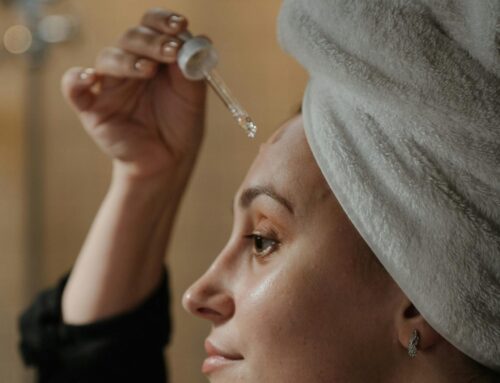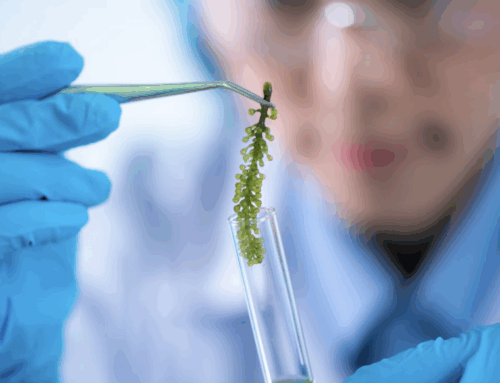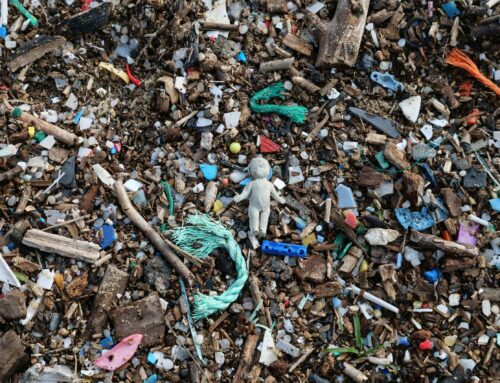Space travel is pushing the boundaries of science and skincare. As commercial space tourism becomes more real and long-duration missions to Mars move closer to reality, researchers are uncovering how extreme environments affect the human body. And one of the most visibly impacted organs? The skin.
How Space Alters Skin Health
Astronauts aboard the International Space Station often report skin issues like itching, dryness, rashes, and delayed wound healing. These symptoms aren’t just minor annoyances. They reflect deep biological changes caused by a combination of spaceflight stressors:
- Microgravity affects how skin cells grow and migrate. Wound healing slows, and epidermal thinning has been observed in both astronauts and animal models.
- Cosmic radiation damages DNA and disrupts the skin’s structural proteins, which can accelerate signs of aging and trigger inflammation.
- Chronic stress elevates cortisol levels, which can impair skin barrier function and reduce collagen production.
- Limited hygiene routines in space, often restricted to no-rinse wipes and waterless cleansers, can compromise the skin microbiome and barrier integrity.
Together, these stressors create an environment where the skin ages faster, heals more slowly, and becomes more vulnerable to external irritants.
The Science Behind the Symptoms
Longitudinal studies and simulation models have helped researchers understand how skin responds to these conditions. Mice flown to the ISS for three months, roughly equivalent to seven years of human aging, showed a 15 percent reduction in dermal thickness and changes in collagen turnover. Human fibroblasts and keratinocytes exposed to simulated microgravity on Earth also show disrupted gene expression and reduced migration capacity, both of which can impair healing.
Radiation adds another layer of complexity. High-energy ions found in space can cause DNA breaks and increase inflammation, even at low doses. Combined with the immune dysregulation seen in microgravity, these changes can make skin more prone to infection and irritation.
Skincare Innovations Informed by Space
The challenges of skincare in space are prompting innovation on Earth. Rather than focusing on product promotion, these advances emphasize biomimicry and function:
- 111Skin’s NAC Y2 complex was inspired by astronaut studies on oxidative stress and tissue repair. The brand’s origin traces back to post-surgical skin healing research informed by Soviet space medicine.
- Foreo’s Luna cleansing devices are built for water-free environments, using sonic technology and silicone bristles to remove impurities efficiently.
- Revea, a skin-mapping app using NASA-grade imaging, customizes formulations based on real-time changes in skin physiology.
Even though these products are designed for Earth, the science behind them stems directly from research into how skin copes with spaceflight stress.
Why It Matters for Everyone
Space provides a rare opportunity to observe the effects of aging, inflammation, and skin barrier disruption on an accelerated timeline. What takes decades to unfold on Earth may happen in a matter of months in orbit. That makes it a valuable model for studying skin biology, testing countermeasures, and developing advanced skincare strategies that are relevant here on the ground.
As spaceflight becomes more accessible, these insights are helping us reimagine how we support skin health under stress.




